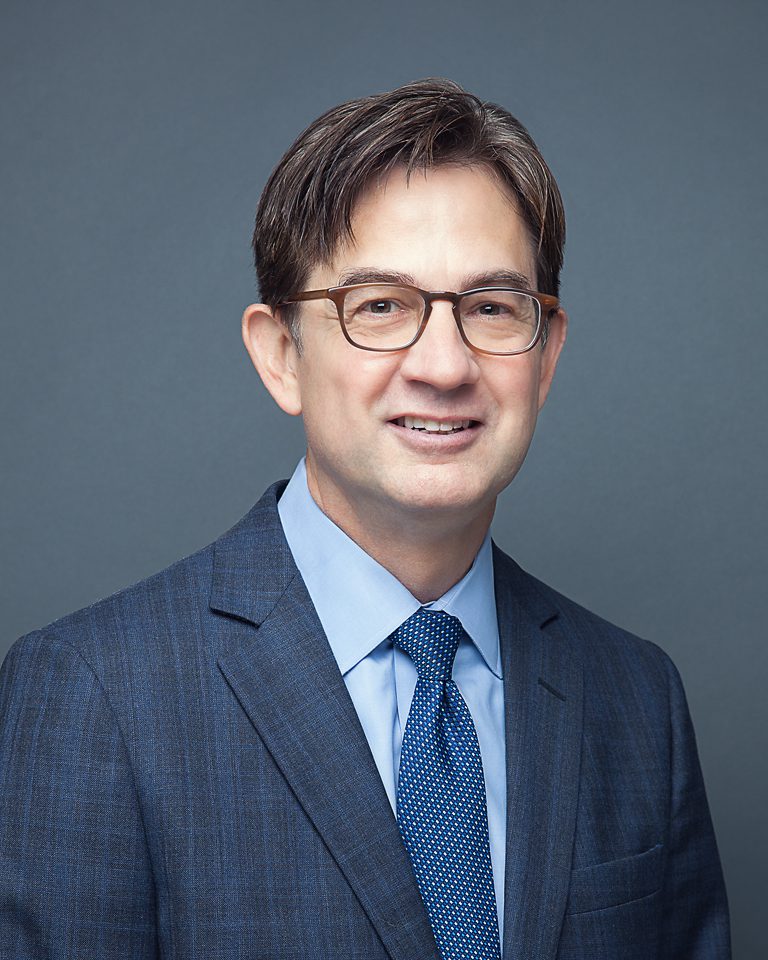An Airplane Crash Attorney Evaluates the Causes in the Crash of Asiana Flight 214

Evaluating Causes in the Crash of Asiana Flight 214
Since the last blog on the topic, it has been discovered that there was a third fatality associated with the crash of Asiana airlines flight 214 at the San Francisco International Airport. Evidently, two of the fatalities occurred due to injuries sustained from the plane crash, and one of the fatalities occurred as a result of the victim being run over by a fire engine. The driver of the fire engine was unaware that the passenger was on the ground – the girl was submerged in foam as a result of firefighters spraying large quantities of the substance while reacting to the billowing smoke. The spraying of the foam was an attempt to mitigate the risk that the jet fuel would ignite after the plane crashed during its landing.
Establishing Causation for Airplane Crashes
Establishing causation in a situation in which many different factors contribute to a particular outcome offers challenges. Two primary methods have been developed in common law for demonstrating actual causation. There is the “but/for” test, and the “substantial factor” test. The but/for test asks the members of the jury to remove a particular act of the defendant from the fact pattern, and then to predict whether the undesirable outcome would have occurred anyways. For example, the attorney for the girl, who was run over by the fire engine, might ask the jury to imagine that the airline had selected properly trained, qualified and experienced pilots to land the aircraft that crashed at San Francisco Airport.
Pilot Error and Airplane Crashes
If Flight 214 had not been the pilot’s first time landing this type of aircraft at San Francisco, and Flight 214 had not been the first flight instruction for the pilot acting as the instructor, and both pilots had not been in unfamiliar roles, and had flown previously together, would they have communicated more effectively? Would the plane have crashed? Would the smoke have ensued, and would the fire engine have run the girl over? If the girl would not have been run over, but for the act of the defendant, then causation can be established under the but/for rule.
The “Substantial Factor” Test
If a proposed cause of harm does not pass the “but for “ test, it fails. This is not enough, however. There is also the “substantial factor” test, which inquires into whether the act of the defendant was a “substantial factor” in creating the undesired outcome. The jury instructions, found in California Approved Civil Instructions (CACI) 430 defind substantial factor: “A substantial factor in causing harm is a factor that a reasonable person would consider to have contributed to the harm. It must be more than a remote or trivial factor. It does not have to be the only cause of the harm.”
Determining Possible Pilot Negligence
Here, the negligence of the pilots and other crew would clearly be a substantial factor in causing the death of the woman run over by the fire truck. But was the operator of the truck negligent also? If no settlement was reached, a jury would ultimately answer these questions, and might determine that all these factors actually caused the woman’s death on the ground.
Contact an Airplane Crash Attorney in San Francisco
A competent, skilled airplane accident lawyer will have experience preparing visual aids and diagrams that show causation, so that juries can clearly see not only the chain of causation of his or her client’s injuries, but also the pieces of evidence to show the steps in the chain of causation. If you or a loved one has been injured in a recent plane crash, please contact our offices for a free consultation.
Call 415-541-0300 now to ask to speak with one of our law firm’s attorneys in San Francisco.

Boone Callaway is a personal injury & medical malpractice lawyer in San Francisco who has been working with clients in the Bay Area for over 25 years. Mr. Callaway is one of only a few personal injury litigators in San Francisco who is a Super Lawyer, AV Rated and is also a member of ABOTA – American Board of Trial Advocates.
